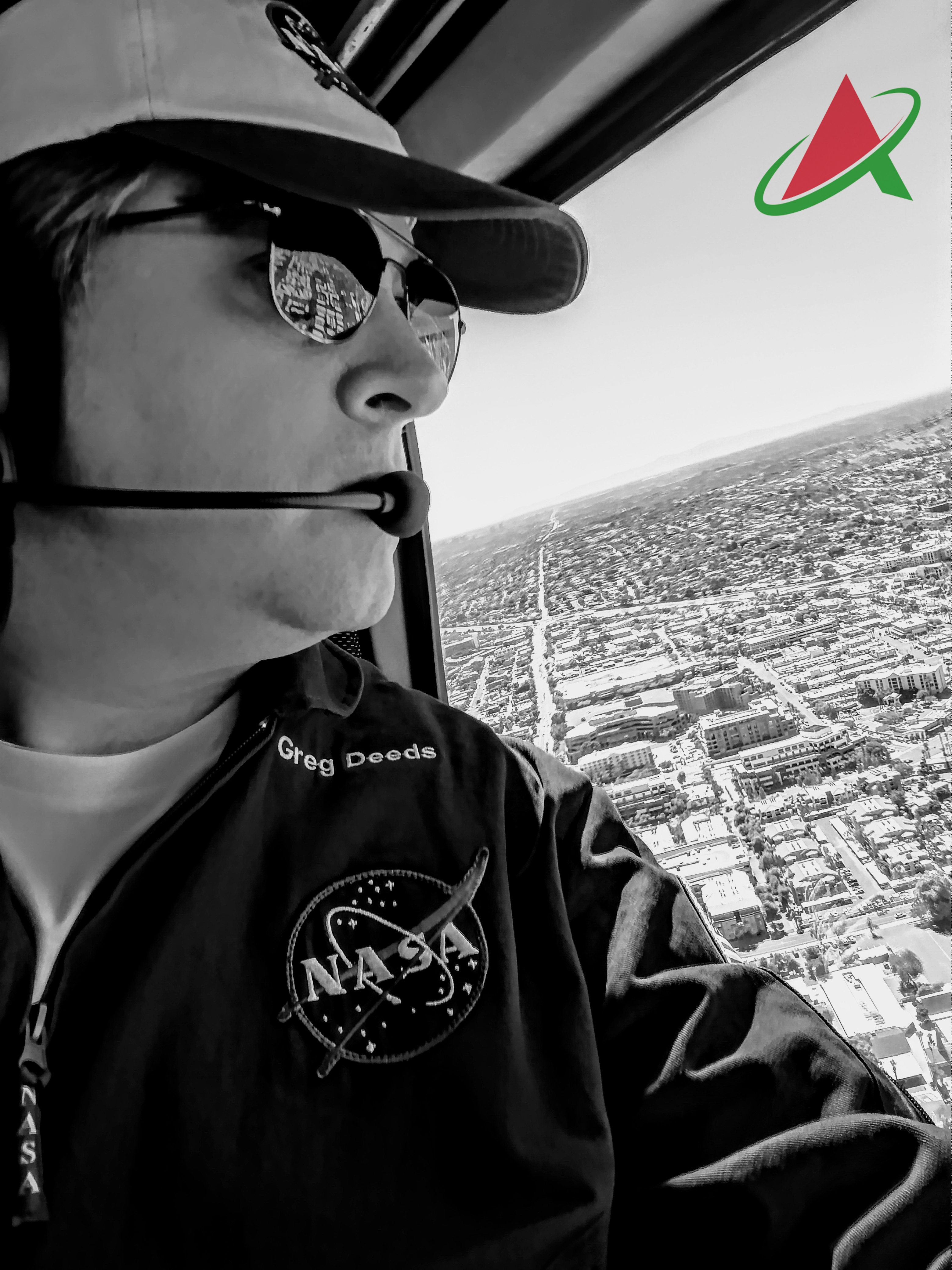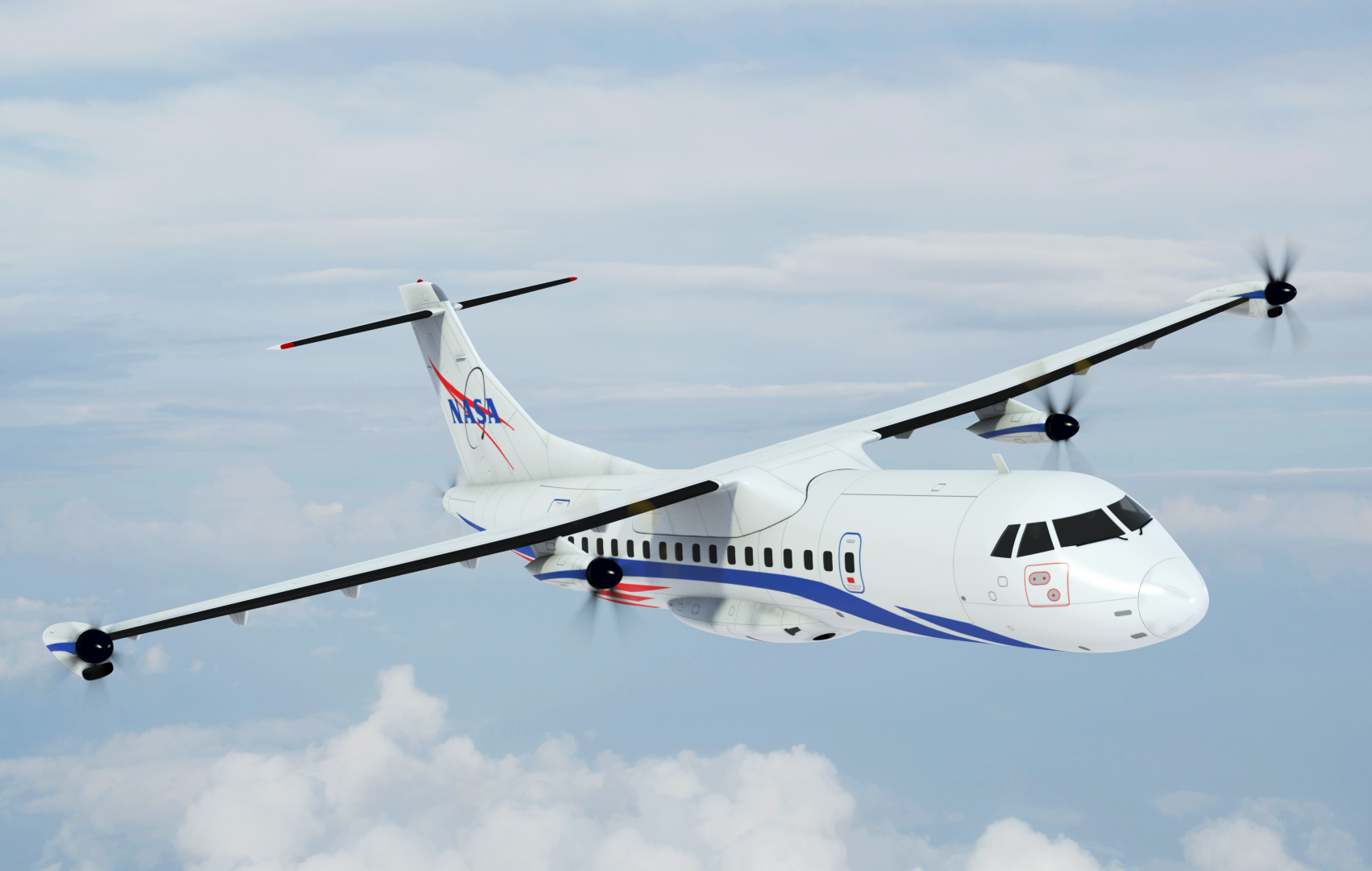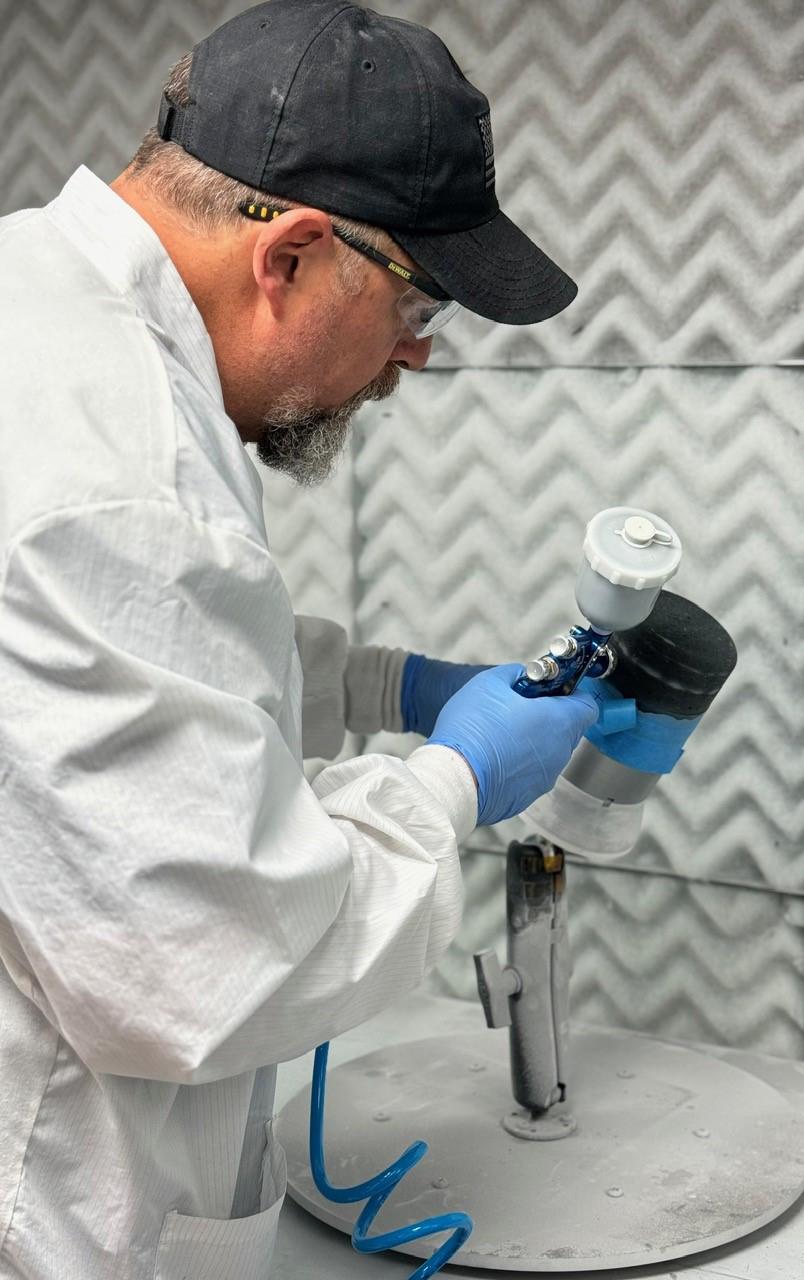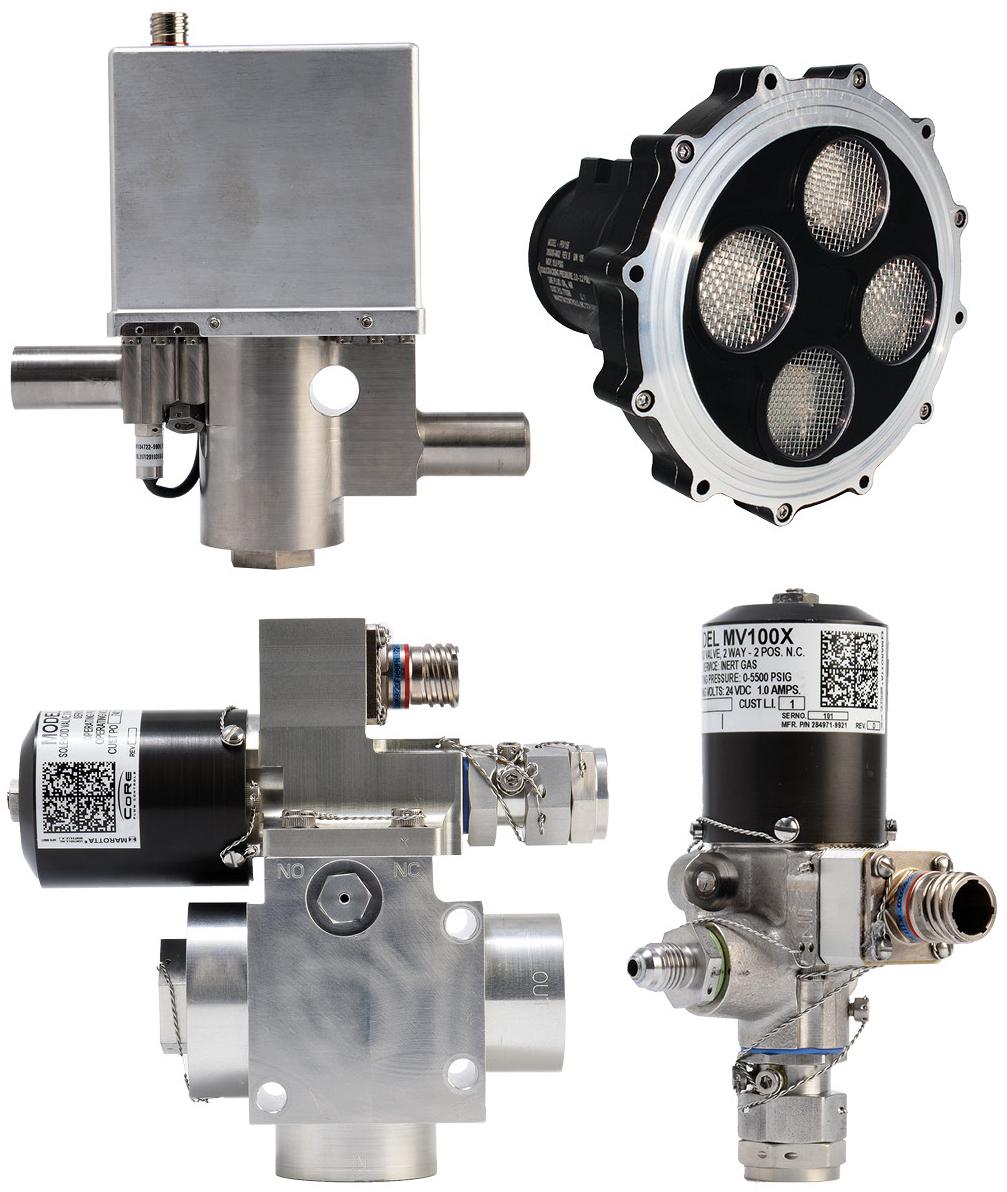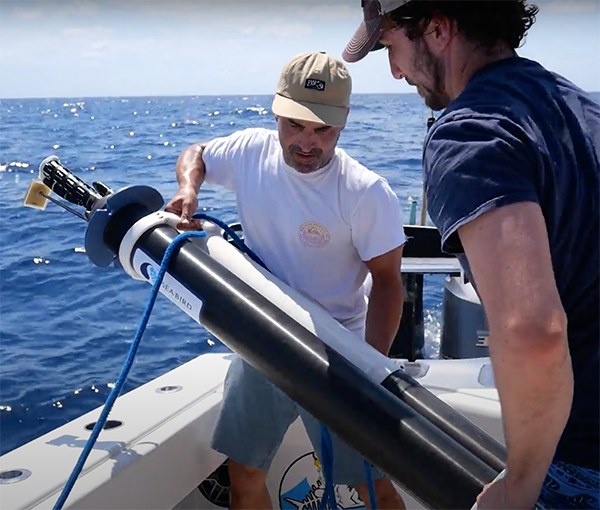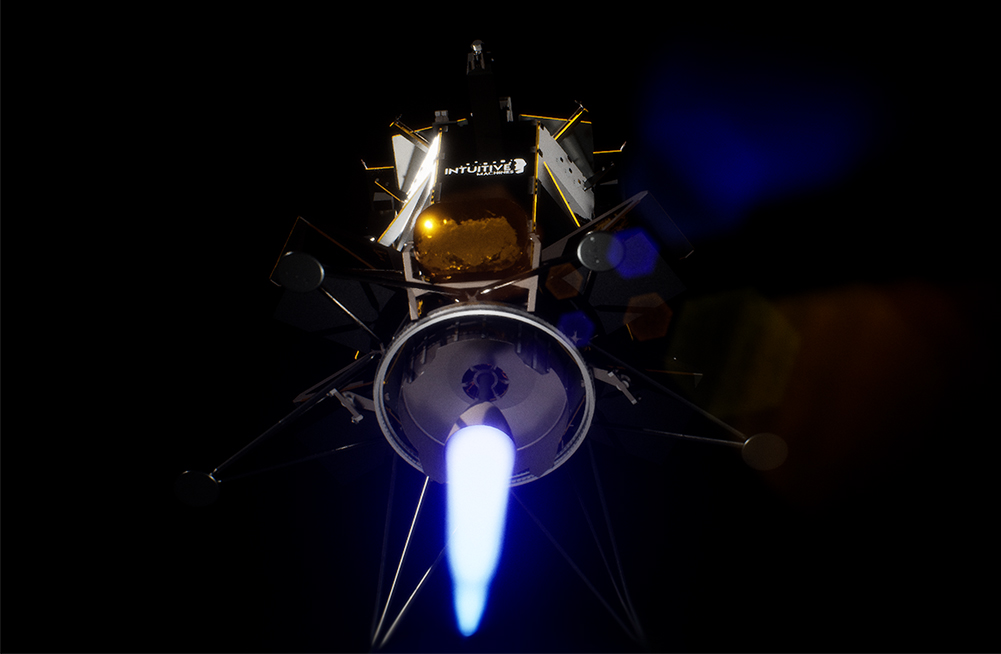
With NASA’s Help, the Moon Becomes a Commercial Destination
Subheadline
First of many commercial landers are headed to the Moon, paving the way for future missions
Almost a decade ago, a group of engineers left NASA to start the company Intuitive Machines LLC, but it wasn’t until recently that the team found a true home for its business – on the Moon. Now they are working to bring along as many customers as they can for the ride.
“An actual destination of the Moon was something we couldn’t resist,” said Dr. Tim Crain, company cofounder and chief technology officer. “It’s what most of us had dreamed about – what brought us to NASA to begin with.”
On the Houston-based company’s first trip to the Moon under NASA’s Commercial Lunar Payload Services (CLPS) initiative, its Nova-C lunar lander will carry both experimental NASA technologies and several other payloads from commercial customers. The International Lunar Observatory Association, for example, bought a ticket for a pair of cameras that will precede the organization’s flagship project – a space observatory on the Moon. Other commercial cargo includes a camera system designed by Embry-Riddle Aeronautical University students, a time capsule containing data from a million customers, and Columbia Sportswear’s newest reflective insulation for testing in the harsh lunar environment.
But NASA will be this mission’s biggest customer, sending science and technology payloads to pave the way for future lunar activities, such as demonstrations of new landing navigation technology, cameras to see how lunar dust interacts with engine plumes, and a device to determine how much interference radio antennas will experience on the Moon.
This is the first of three landers Intuitive Machines will send to the Moon under NASA’s CLPS initiative. More than a dozen other companies have also been selected as part of the CLPS vendor pool, and all have the chance to compete for lunar delivery services via task orders. Among the first task orders awarded is also a lander built by the company Astrobotic
With CLPS, NASA is harnessing private investments and revenues to rapidly demonstrate and deploy technology on the Moon that will support the arrival of astronauts during the agency’s upcoming Artemis missions. To the extent that NASA can help build a commercial lunar economy, it will further lower the costs of future lunar deliveries.
“We’re trying to establish a cadence of going to the lunar surface and make it so that, while we’re a customer, we’re not the primary customer,” said Darryl Gaines, former CLPS deputy manager at NASA’s Johnson Space Center in Houston. “These companies will be using their assets, developing their landers, finding customers, integrating payloads, and coordinating with launch providers. It’s their mission, and our objective is to support them.”
Funding lunar delivery task orders is only one of many ways NASA has supported the first stages of a commercial lunar economy. The agency’s influence began with the lander’s design, which is based on the Morpheus lander, a test vehicle the company’s core team of engineers worked on during their time at Johnson. Morpheus was a rocket-powered vertical takeoff and landing vehicle built to test what was, in 2010, a new autonomous landing system and a new, nontoxic propulsion system fueled by liquid methane and oxygen. NASA has never powered a spacecraft with methane, but one advantage of the technology is that both methane and oxygen can, in theory, be produced in space from resources found on planetary bodies.
Nova-C uses a similar methane and oxygen propulsion system. Crain noted that the company also built the flight software with the open-source core Flight System platform created at NASA’s Goddard Space Flight Center in Greenbelt, Maryland, and designed the craft with the help of Johnson’s open-source Trick Simulation Environment software.
Then, when it came time to test the lander, Intuitive Machines borrowed fuel tanks from the retired Morpheus vehicle – the pandemic and an anomaly had delayed delivery of the company’s own tanks – as well as a landscape of tiles simulating the lunar surface, which NASA had created for testing its own landing systems.
A NASA Tipping Point contract funded development of the company’s Micro-Nova, a small, rocket-powered “hopper” that will ride to the Moon’s south pole on Intuitive Machines’ second CLPS flight.
That mission will also carry a NASA ice-mining experiment, to help determine the availability of water to support a sustained human presence, as well as the first of five cislunar relay satellites that Intuitive Machines plans to put in orbit around the Moon. The satellites will enable the high data-transmission rates necessary to support complex commercial and civil operations on and around the Moon, and they’ll communicate with Earth, at least in part, via space communication ground stations Intuitive Machines has established around the globe.
Crain said being involved in NASA’s CLPS initiative “is exciting because so many more people are going to be able to get involved, with small and large companies participating meaningfully. Greater participation will open up new ideas and concepts.”
After the company’s founding, Intuitive Machines completed a series of projects for other industries, but since getting selected for CLPS in 2018, Crain said, “We’ve pivoted our whole company to being a lunar transportation and infrastructure services provider. That is a crazy thing to even say exists.”
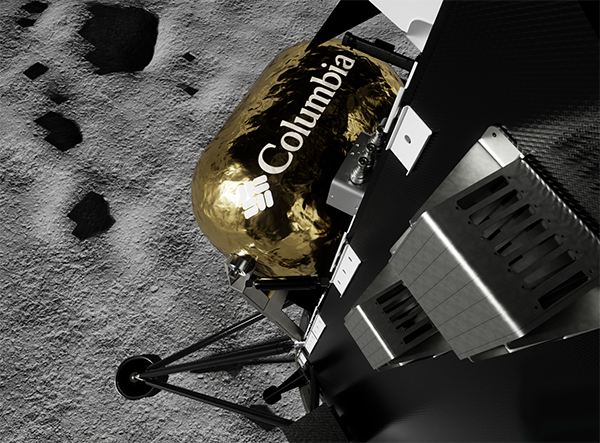
One of Intuitive Machines’ commercial partners is Columbia Sportswear, which will test the ability of its new Omni-Heat Infinity thermal-reflective technology to protect parts of the first Nova-C lander to touch down on the Moon. Credit: Intuitive Machines LLC
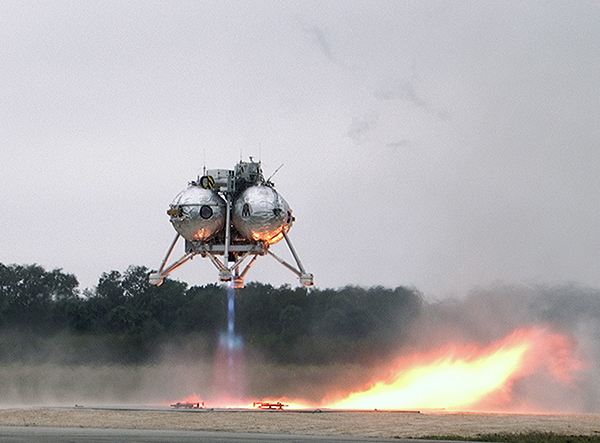
Between 2010 and 2014, Project Morpheus at Johnson Space Center developed a vertical-landing test vehicle to try out landing navigation technology and nontoxic liquid methane propulsion. Now several of the engineers who worked on the project have applied some of that technical knowledge to one of the first commercial lunar landers, Intuitive Machines’ Nova-C lander. Credit: NASA
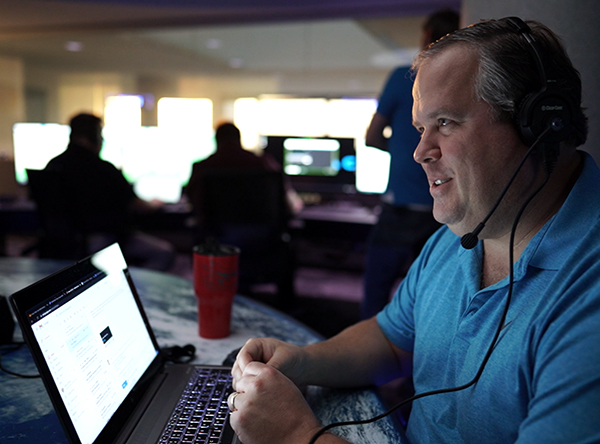
Dr. Tim Crain, Intuitive Machines cofounder and chief technology officer, helps run test flights of the Nova-C lander at the company’s mission control center in Houston. Credit: Intuitive Machines LLC
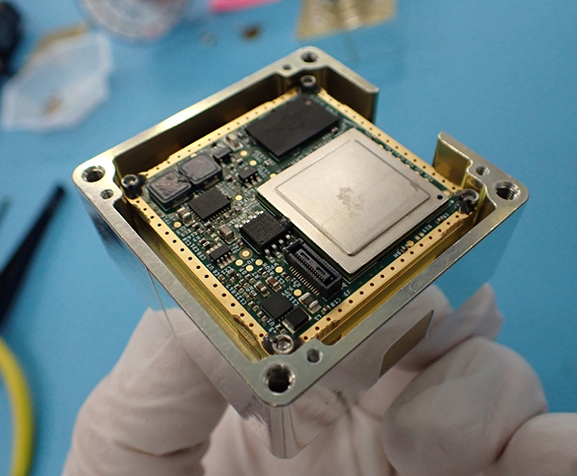
One customer buying a ride on Nova-C’s first mission to the Moon is the International Lunar Observatory Association, which is sending cameras that are to precede a space observatory on the lunar surface. Canadensys Aerospace Corporation designed and built the instruments. Credit: Canadensys Aerospace Corporation

Intuitive Machines’ Nova-C lander, shown in this artist’s rendering, uses a liquid methane propulsion system, one of a handful of similarities between this commercial lunar lander and the experimental Morpheus lander that several of the company’s engineers helped build when they worked for NASA. Credit: Intuitive Machines LLC




